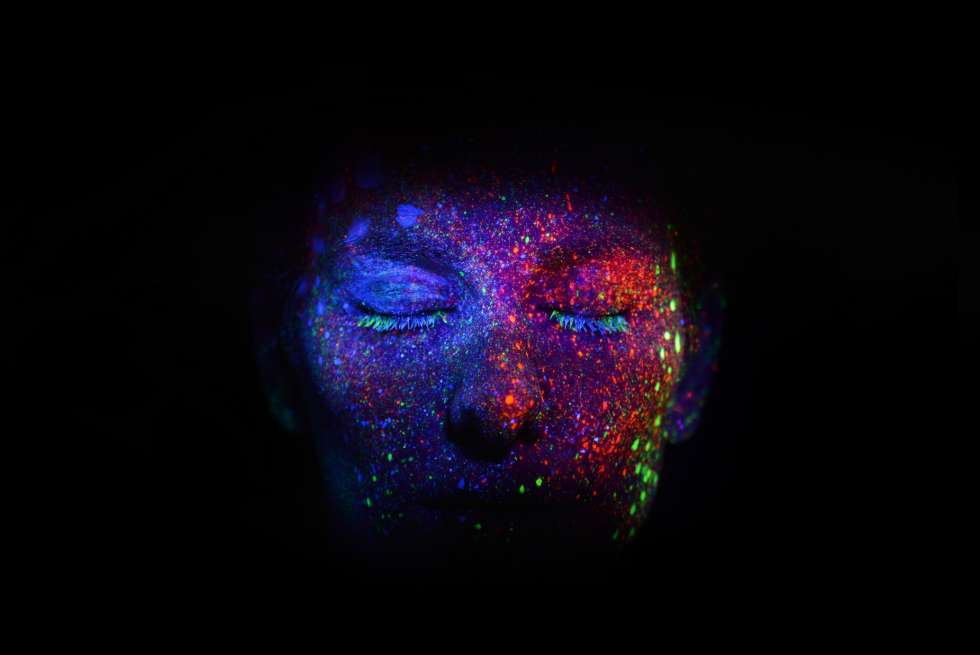Cloud
From the Series: Lexicon for an Anthropocene Yet Unseen
From the Series: Lexicon for an Anthropocene Yet Unseen

Theorizing the Anthropocene means considering the air in which we live and which comprises the atmospheric fabric of earthly ecosystems. Our engagements with air point to a move that releases us “from . . . earthly domains,” allowing us to float “to new ethnographic spheres and spaces” (Howe 2015, 1). This is not to say that an analytical engagement with air can treat air in a vacuum; instead, it must suggest how lives and materialities in and of the air represent specific forms of human and nonhuman intertwining. To understand the life of airborne materials such as black carbon, we must pay attention to entities such as clouds floating above the Indian subcontinent, even as we question how clouds laden with black carbon transpire as smoke and penetrate bodily interiors.
Black carbon is a carbonaceous aerosol—a suspension of fine solid particles or liquid droplets within gas, like smoke and haze—and is produced both naturally and by human activities. In 2014, black carbon was judged to be one of the chief components in making Delhi the most polluted city in the world. For the same reason, on September 29, 2015, three toddlers approached the Supreme Court of India through their parents to seek a ban on firecrackers during the Diwali festival (when their use is especially high), arguing that they were being forced to grow up in a polluted city. These incidents show that the very perception of the city is being made through breathing in air. In other words, the air and polluted air, more specifically, has become an intimate other in our quotidian lives, so much so that we can hold the state accountable if it fails to be hygienic for the human body. Timothy Morton (2013) uses Jean-Paul Sartre’s notion of viscosity to explain this sort of a relationship: viscosity is what a hand feels when it plunges into a jar of honey. Viscosity is not indicative of a gesture that has been experienced in honey, but instead consists of the realization that we are already inside the honey. In the same way, we become alert to the viscosity of polluted air.
For humanistic and social scientific studies of air, a primary question has arisen: how are we to “render and assert air’s materiality without resorting to tropes and analytics of solidity?” (Choy 2012, 1). Or, how are we to provide an analytics of air that does justice to its intimacy with us? Marshall McLuhan’s (1964) dictum about medium and message reminds us that air can be viewed as a medium through which our social worlds are structured and defined. Taking the example of an electric light, McLuhan encourages us to recognize not the utility of electric light, but how light configures and guides activities. In the same vein, air’s materiality can be grasped, literally and figuratively, by attending to its material manifestations, how it acts as a medium and is played out through other material fora. Since black carbon exists in an aerosol form, it endures as smoke or air, depending on how far it travels and how much of its presence is discovered in the atmosphere writ large. The proximate and yet fleeting nature of black carbon can be documented by paying attention to the mediums that allow for particular kinds of its material manifestations, as well as how other entities like clouds have evolved in conjunction with it.

In the early 2000s, as a result of the international Indian Ocean Experiment (INDOEX), it was deduced that black carbon has climate change effects. INDOEX’s key discovery was a dark mass floating above the Indian subcontinent. This mass was significant, as it had a high composition of black carbon (UNEP 2002; UNEP 2008). INDOEX scientists designated this discovery a cloud. In 2002, it was called the Asian Brown Cloud; by 2008, it had become the Atmospheric Brown Cloud. The discovery of the cloud established a nexus of confluence through the medium of black carbon; the cloud instantiated a vehicular form of pollution that settles itself deep in human lungs, smoke that emanates from cookstoves and blackens kitchen walls in rural households in India, impregnating the atmosphere of a region before potentially spreading across a continent. Here, a world is being constituted, such that the populations of the Indian subcontinent are presented as integral in the creation of a mode of living in polluted air. Cloud, smoke, and black carbon establish a nexus of cocreation that, in turn, produces people. If the Anthropocene marks a moment when anthropos became a geological force (Haraway 2015), then understanding the varied material mediums of black carbon—a cloud hovering above the Indian subcontinent, smoke from a household fire, or what is causing Delhi to choke on its own carbonaceous air—is a means of layering the iterative conditions of carbonized spaces.
Choy, Timothy. 2012. “Air’s Substantiations.” In Lively Capital: Biotechnologies, Ethics, and Governance in Global Markets, edited by Kaushik Sunder Rajan, 121–52. Durham, N.C.: Duke University Press.
Haraway, Donna. 2015. “Anthropocene, Capitalocene, Plantationocene, Chthulucene: Making Kin.” Environmental Humanities 6: 159–65.
Howe, Cymene. 2015. “Life Above Earth: An Introduction.” Cultural Anthropology 30, no. 2: 203–209.
McLuhan, Marshall. 1964. Understanding Media: The Extensions of Man. Cambridge, Mass.: MIT Press.
Morton, Timothy. 2013. Hyperobjects: Philosophy and Ecology after the End of the World. Minneapolis: University of Minnesota Press.
United Nations Environment Program (UNEP). 2002. “The Asian Brown Cloud: Climate and Other Environmental Impacts.”
_____. 2008. “Atmospheric Brown Clouds: Regional Assessment Report with Focus on Asia.”